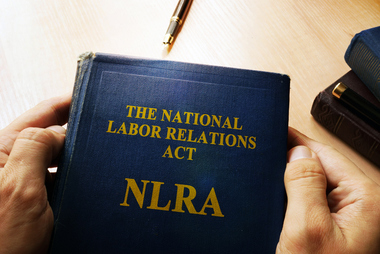With millennials dominating the workforce and the next generation of workers gearing up to make their mark, employers are being forced to rethink their rewards strategy.
When employers think “rewards,” compensation and benefits typically first come to mind—and with good reason. Research shows that compensation is the leading driver of job satisfaction, followed by benefits. Demand for a more complete, or total, rewards system is on the rise. promotion, not base pay increases, are gradually become the driving factor behind pay raises.
According to a report by Deloitte, employers are moving in the direction of a fully integrated total rewards program. Although only one in five surveyed organizations had a fully integrated total rewards program, three out of four said they were interested in fully integrating their compensation and benefits program in the future.
At the core of this shift is the premise that employees want to work for companies that foster growth both within and outside of the organization. They desire a workplace that delivers the whole package through six elements:
- Compensation
- Benefits
- Work–life benefits
- Recognition
- Performance management
- Talent management
These six components are increasingly crucial to attracting and retaining top talent in a competitive hiring market.
Compensation
Legally, employees must be paid for the work they perform, which makes compensation a default component of total rewards. Compensation needs to be competitive, however, to attract and retain qualified workers. Compensation strategies might include fixed pay, which constitutes the employee’s base pay; and variable pay, such as bonuses and commissions, which is determined by employee performance.
Benefits
Employee benefits are indirect, noncash payments that employees receive in addition to their cash compensation. Benefits vary by company and may take the form of health and life insurance; retirement plans; employee assistance programs; and legally required benefits, such as workers’ compensation, family leave, and unemployment benefits.
Work–Life Benefits
The work–life aspect of total rewards is about maintaining a philosophy, practices, and policies that help employees achieve a balance between work and home. Strategies include offering flexible work hours, paid and unpaid time off, health and wellness programs, and diversity programs. The pandemic highlighted the desire for work-at-home flexibility.
Recognition
The purpose of recognition programs is to reward behavior, effort, and performance that lead to organizational success. Accomplishments, for example, can be recognized through service awards, employee-of-the-month awards, peer recognition awards, spot awards, and luncheons or formal events.
Performance Management
Employee performance management involves establishing performance expectations, assessing performance, providing feedback, monitoring performance, rating performance, and rewarding satisfactory or exemplary performance.
Talent Development
Through talent development, employees receive the tools they need to improve their skills and maximize their potential within the organization. Opportunities may include internships, promotions, tuition reimbursement, leadership training, online learning, and coaching and mentoring programs. We’ve also learned that success comes from combining individual strengths. Therefore, offering employees personal assessment surveys like PSI (Personal Strengths Inventory) have proven to be complete game changers!
In the end, a total rewards program helps you attract and keep valuable employees on board. Call us today if you need assistance retaining your top talent.






